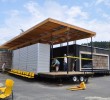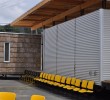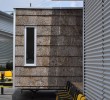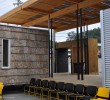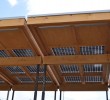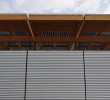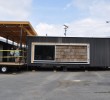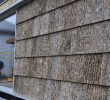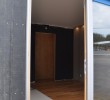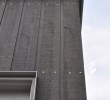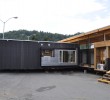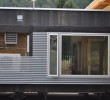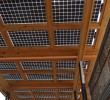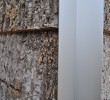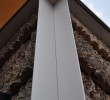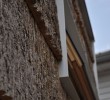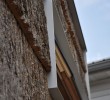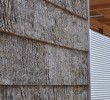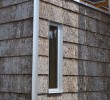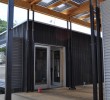Appalachian State University Solar Decathlon 2011 Team Update
Video
The first thing we noticed upon entering Boone, North Carolina, from the east was the Great Porch of the Solar Homestead, a prototype net-zero home designed and built by students at Appalachian State University for competition in the U.S. Department of Energy’s Solar Decathlon 2011. Capped by a detailed canopy of bifacial solar panels, the Great Porch serves to connect the main house with an assemblage of outbuildings, but, more importantly, it serves as the communal heart of the house. Join us as we learn more about the Great Porch and get a tour of the Solar Homestead in our continuing video series.
When last we visited with the Solar Homestead team, designs were being finalized and prototypes of the Outbuilding Modules (OMs) were being constructed and analyzed. Six months later, we stopped by to find the busy student-led team working around the clock to complete the construction of their net-zero home. With just under four weeks until the competition begins in Washington, D.C., work on the Solar Homestead is literally ongoing 24 hours a day. The passion is evident as students work in shifts and around class schedules (and naps in the office or under a desk) to complete construction and get prepared to transport the house, and team, to the National Mall.
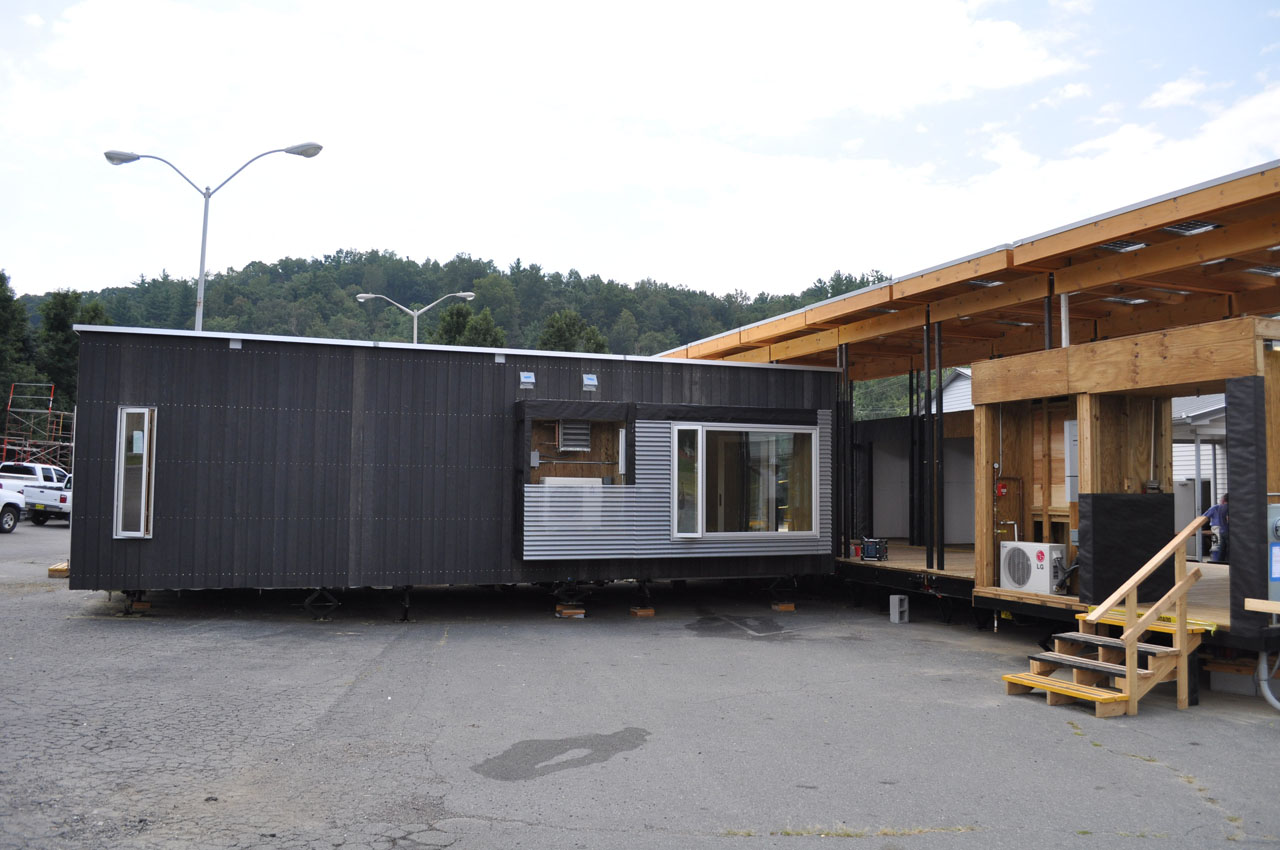
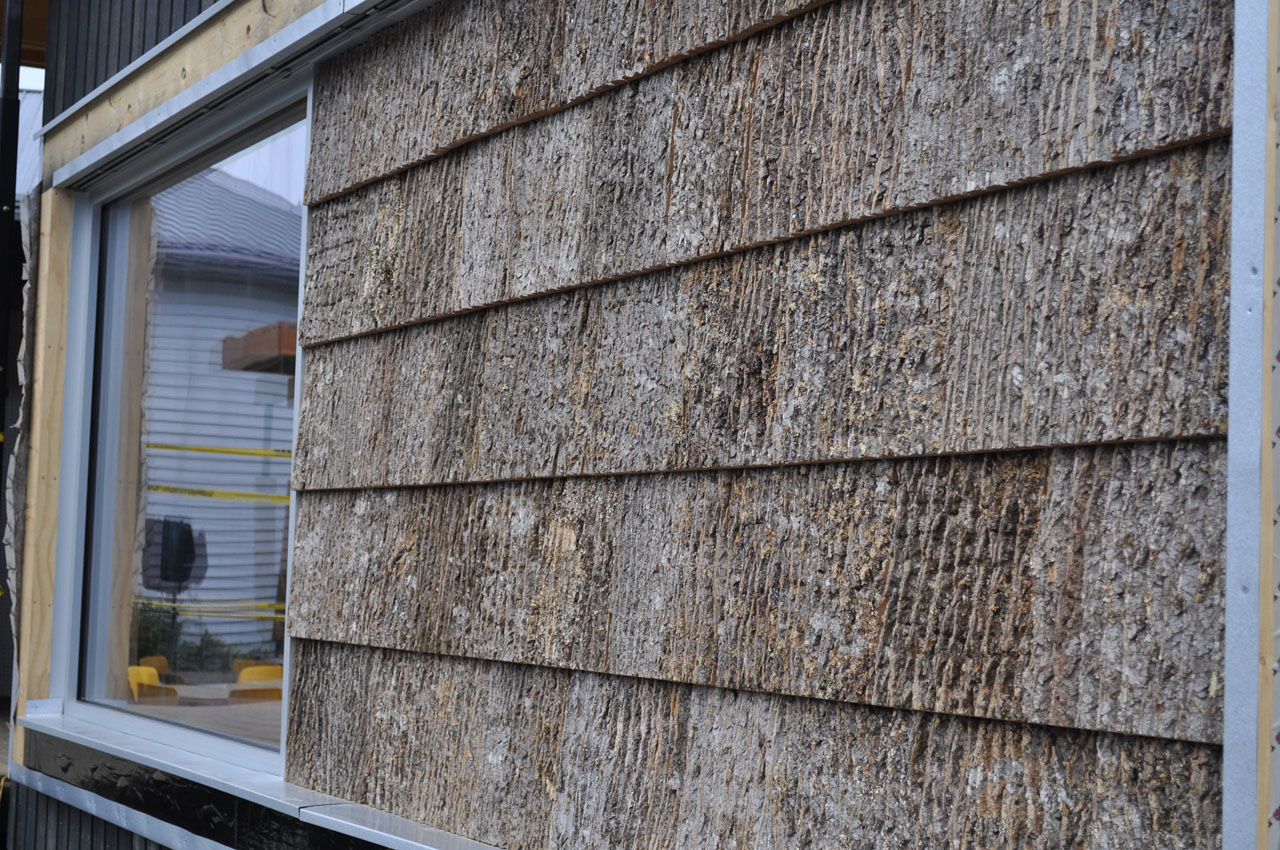
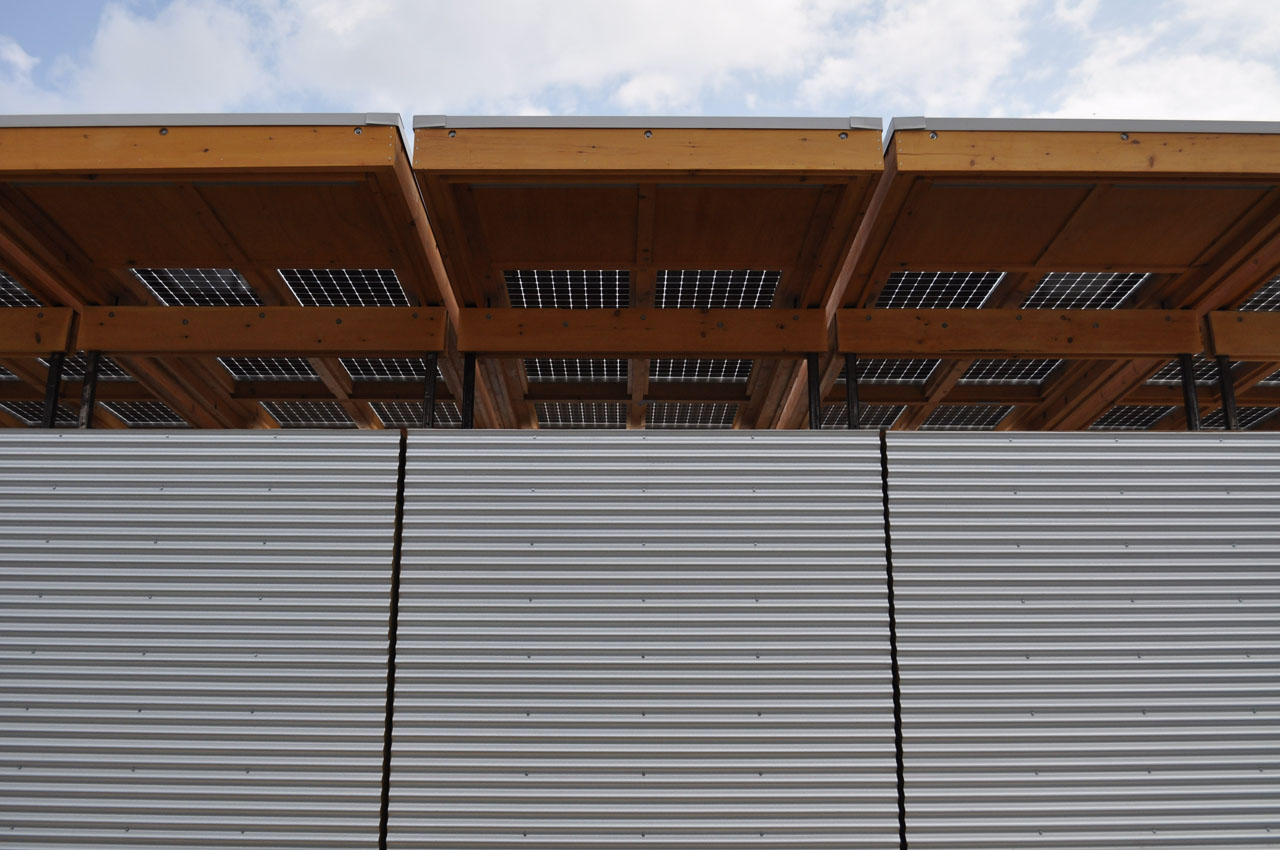
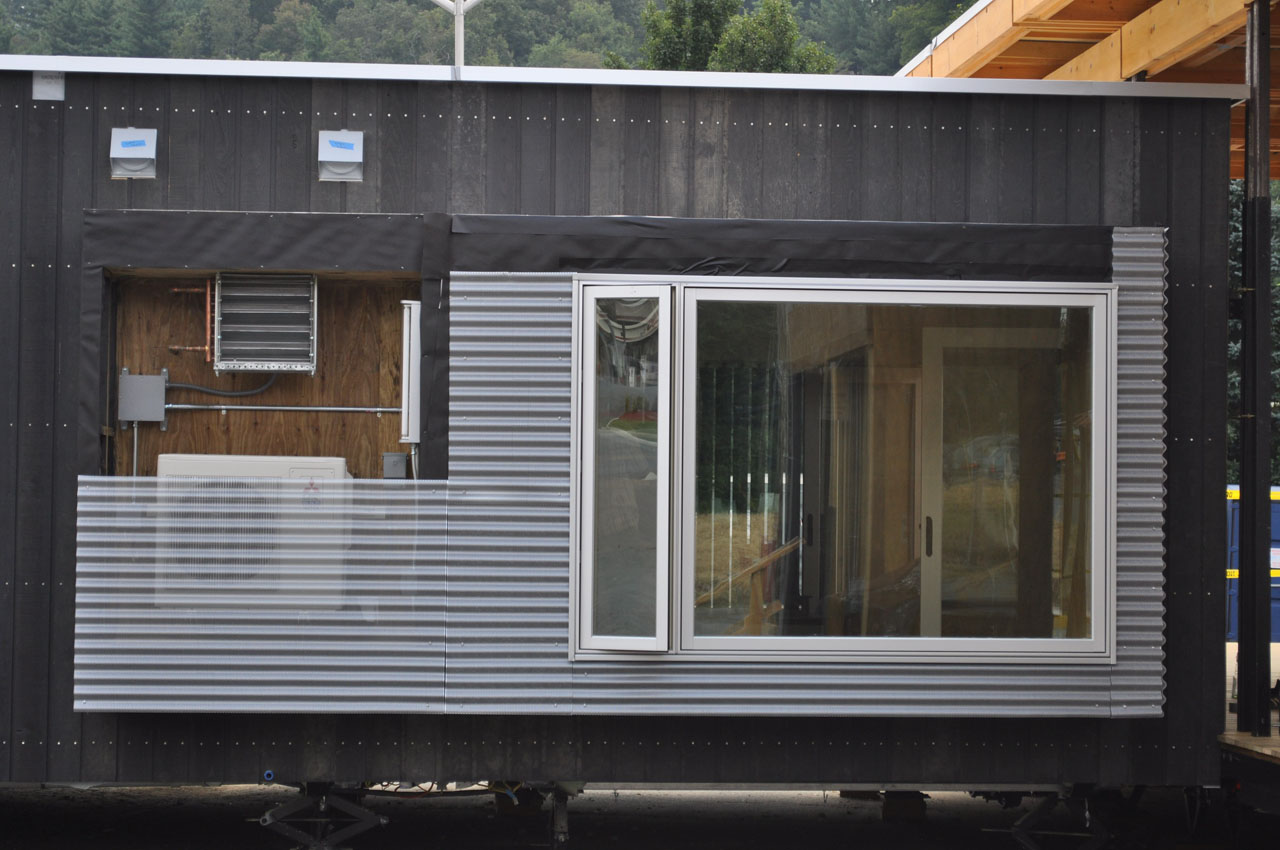
Following many months of design refinement and systems engineering, the Solar Homestead has taken shape on ten trailers that form the foundation for the house and define the expansive outdoor living space of the Great Porch. On the home’s exterior, simple materials -- cedar siding, corrugated metal, and pine decking -- are evocative of the region’s vernacular style. Lusciously tactile bark siding clads the largest outbuilding, the FlexOM that anchors the opposite end of the Great Porch. The roof of the Great Porch doubles as the home’s photovoltaic collection system, and the bifacial solar panels integrate with the roof construction to create a coffered ceiling effect.
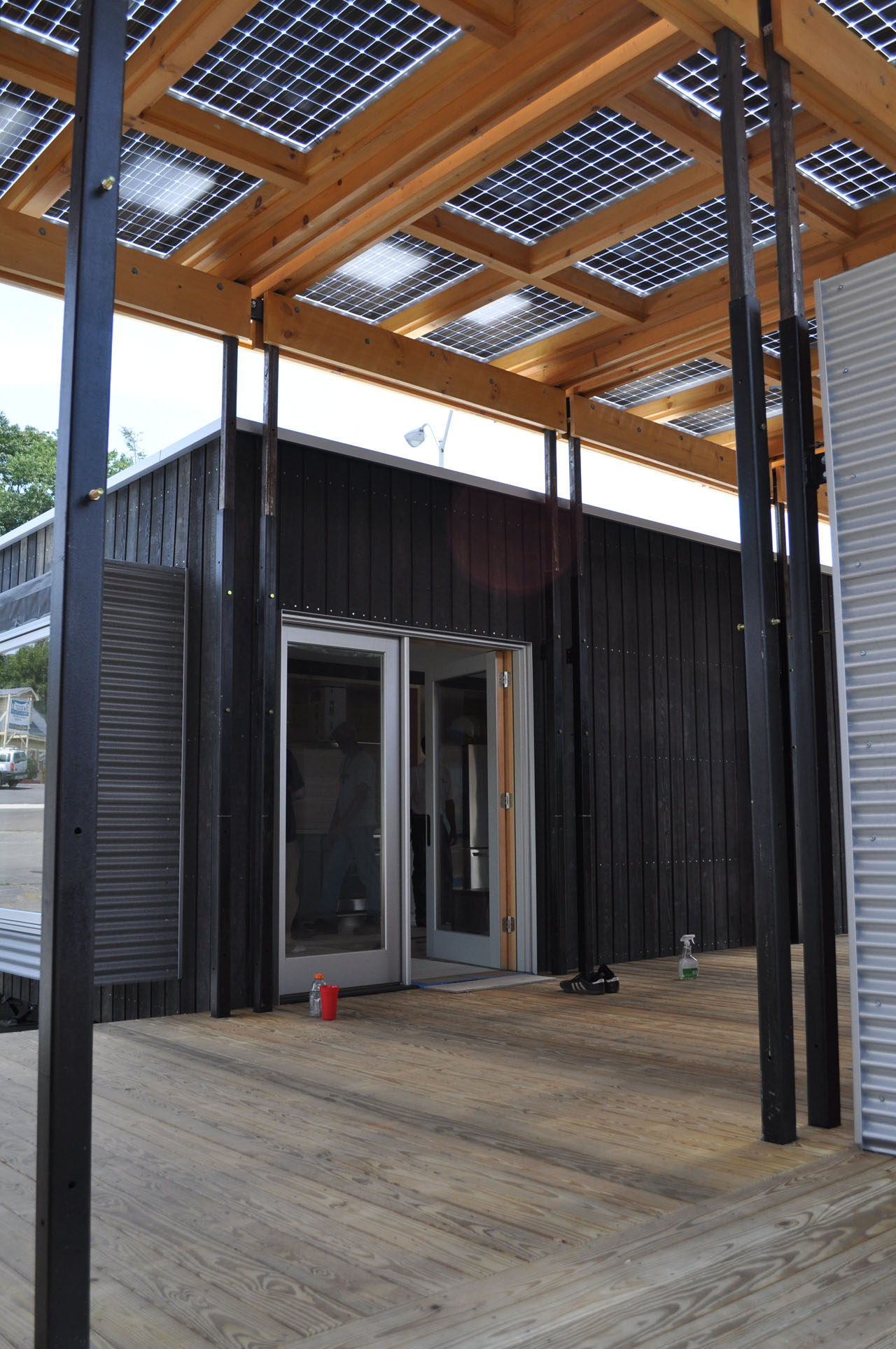
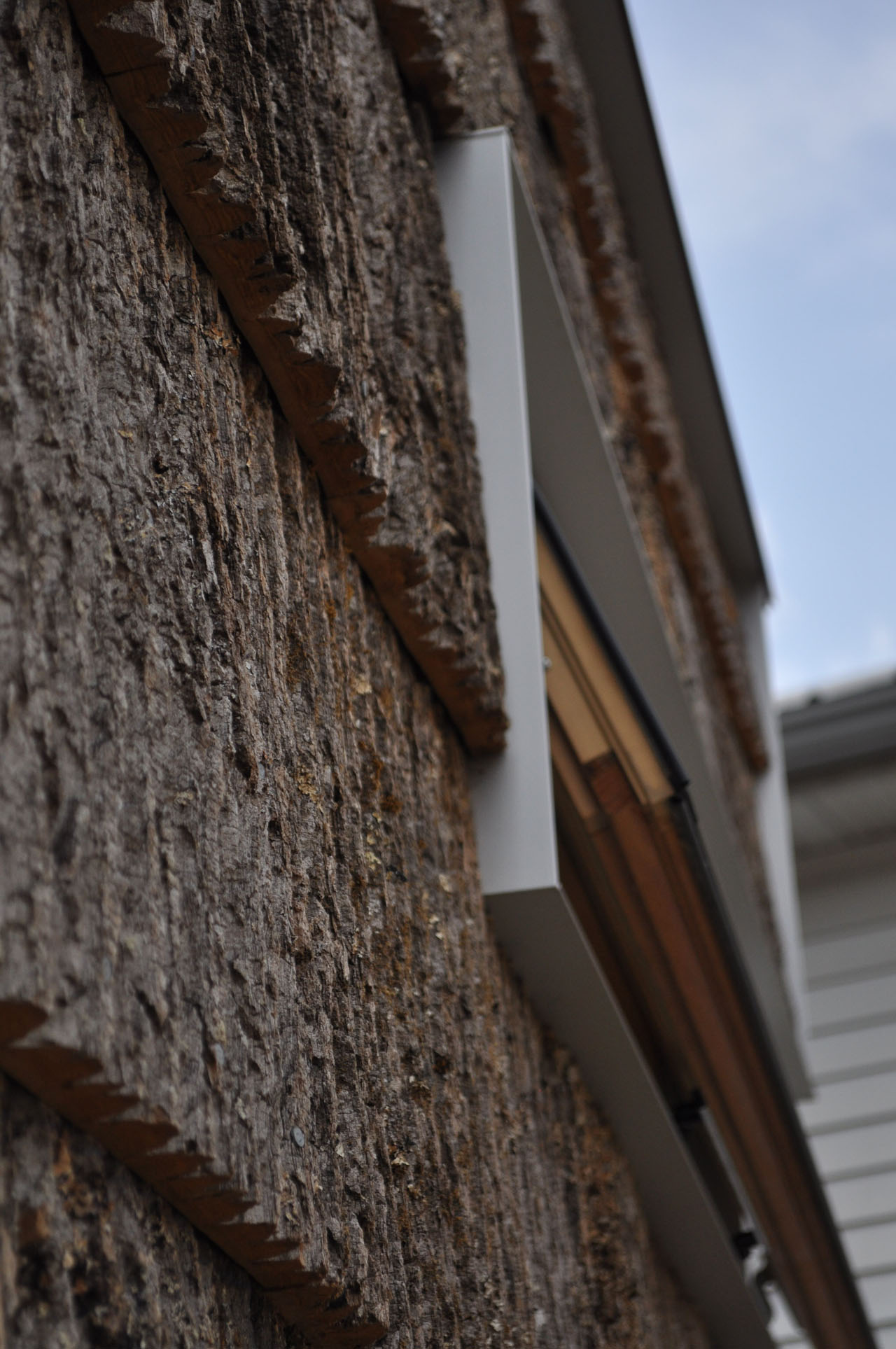
Inside the main house, the public living/dining/kitchen area is separated from the private bedrooms at the rear of the structure by the bathroom and mechanical spaces that constitute the core of the Solar Homestead. Interior finishes were chosen to fit with the regional vernacular. Reclaimed hardwood from fallen trees was used for the flooring and as a clever baseboard detail. Amid the many energy-efficient features of the home’s systems is LED cove lighting at the floor and ceiling and inside the bedroom divider wall, providing accent lighting for little power consumption.
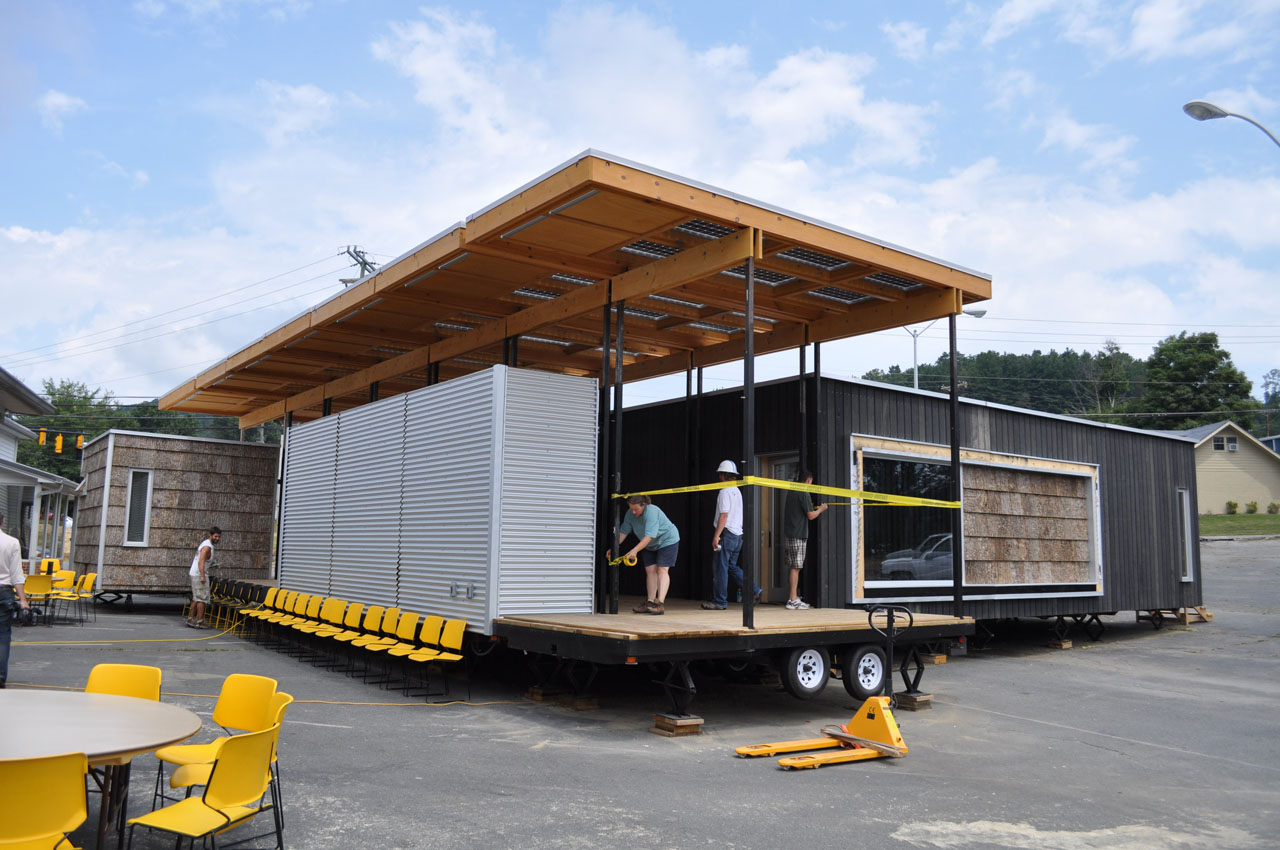
The finish line is in sight – the Solar Homestead leaves this week for Washington, D.C. All teams will begin to arrive on the National Mall at midnight on September 13, 2011, to begin final assembly of the homes. The Appalachian State team believes that the Solar Homestead will compete at a high level with the other sustainable, net-zero homes. As a product of collaboration among many of the university’s departments, the Solar Homestead represents the spirit, energy, and ingenuity of the entire university. Coupled with strong showings in the U.S. Environmental Protection Agency's (EPA’s) past P3 competitions, Appalachian State University is fast becoming known as a leader in the research and education of sustainable design technologies. A win in the Solar Decathlon 2011 would cement that status, an institution-defining event even bigger than a football victory over Michigan.

Ryan Carpico
Ryan is a Registered Architect who earned a Bachelor of Architecture from the University of Kentucky in 1998. His experience in a broad spectrum of architectural projects includes design and project management in multi-family residential, general commercial, and institutional projects. This architectural experience is balanced with a background in general contracting of residential and light commercial construction projects. Ryan’s knowledge and ability as both architect and builder enable him to address both the technical and practical sides of the comprehensive body of construction knowledge.
Website: carpicodesign.com/
